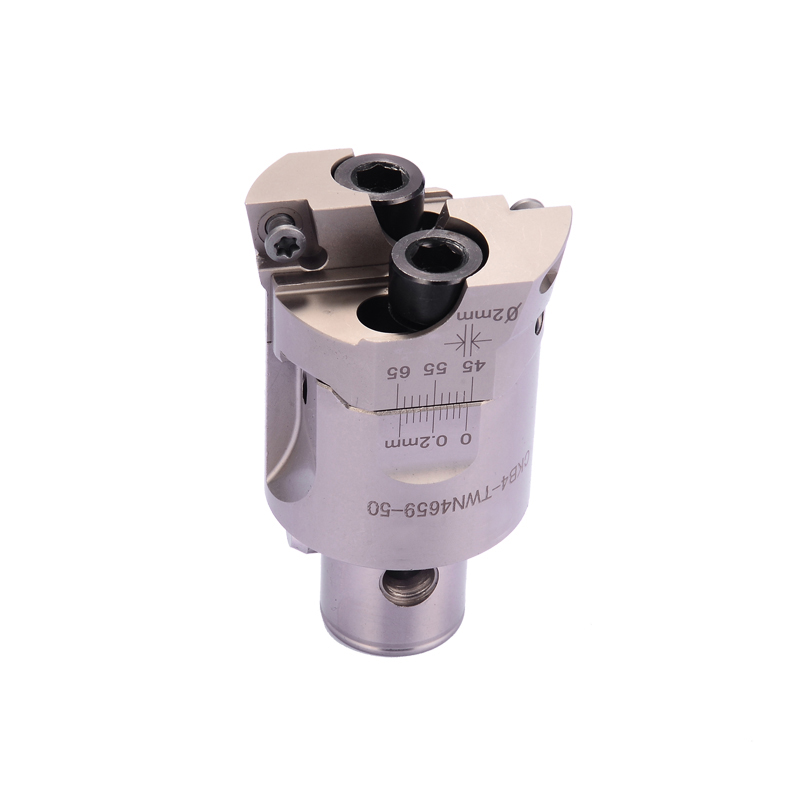Considerations for A Rough Boring Head
2024-04-29
A rough boring head is a tool used in machining processes to enlarge or refine the diameter of pre-drilled holes with precision and efficiency. It's commonly used in industries like automotive, aerospace, and manufacturing. Here are some key features and considerations for a rough boring head:
1. Construction: Rough boring heads are typically made of durable materials like hardened steel or carbide to withstand the rigors of machining operations. The body of the boring head houses the cutting mechanism and is often adjustable to accommodate different hole sizes and depths.
2. Adjustability: The rough boring head is adjustable in terms of diameter, allowing machinists to bore holes of various sizes accurately. This adjustability is typically achieved through the use of screws or other mechanisms that allow for fine-tuning of the cutting diameter.
3. Boring Inserts: The cutting mechanism of a rough boring head often consists of multiple inserts or cutting edges arranged around the circumference of the head. These inserts are replaceable and come in various shapes and sizes to accommodate different materials and machining requirements.
4. Indexable Inserts: Many modern rough boring heads use indexable inserts, which can be rotated or replaced when they become dull or worn out. This feature increases the tool's lifespan and reduces downtime for sharpening or replacement.
5. Coolant Channels: Some rough boring heads feature built-in coolant channels or ports to facilitate the efficient evacuation of chips and to cool the cutting edges during the machining process. Proper chip evacuation and cooling are essential for maintaining cutting efficiency and prolonging tool life.
6. Stability and Rigidity: To ensure accurate and consistent machining results, rough boring heads must provide stability and rigidity during operation. The design of the head, including the clamping mechanism and mounting system, plays a crucial role in minimizing vibration and deflection.
7. Compatibility: Rough boring heads are compatible with various types of machining equipment, including milling machines, machining centers, and CNC (Computer Numerical Control) machines. They can be mounted on different tool holders or adapters to accommodate specific machine configurations.
8. Speed and Feed Rates: Machining parameters such as cutting speed and feed rate must be carefully selected based on the material being machined, the diameter of the hole, and other factors. Optimal speed and feed settings ensure efficient material removal and minimize tool wear.
9. Surface Finish: While rough boring heads are primarily used for material removal and hole enlargement, they can also influence the surface finish of the machined hole. Proper tool selection, cutting parameters, and finishing passes contribute to achieving the desired surface quality.
10. Safety: As with any machining operation, safety precautions must be observed when using rough boring heads. Operators should wear appropriate personal protective equipment (PPE), and proper machine guarding should be in place to prevent accidents and injuries.
Overall, rough boring heads are versatile and essential tools in the metalworking industry, enabling machinists to achieve precise hole dimensions and surface finishes efficiently. Choosing the right tool, along with proper setup and operation, is crucial for maximizing productivity and achieving high-quality machining results.



